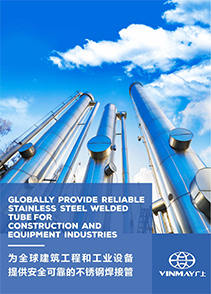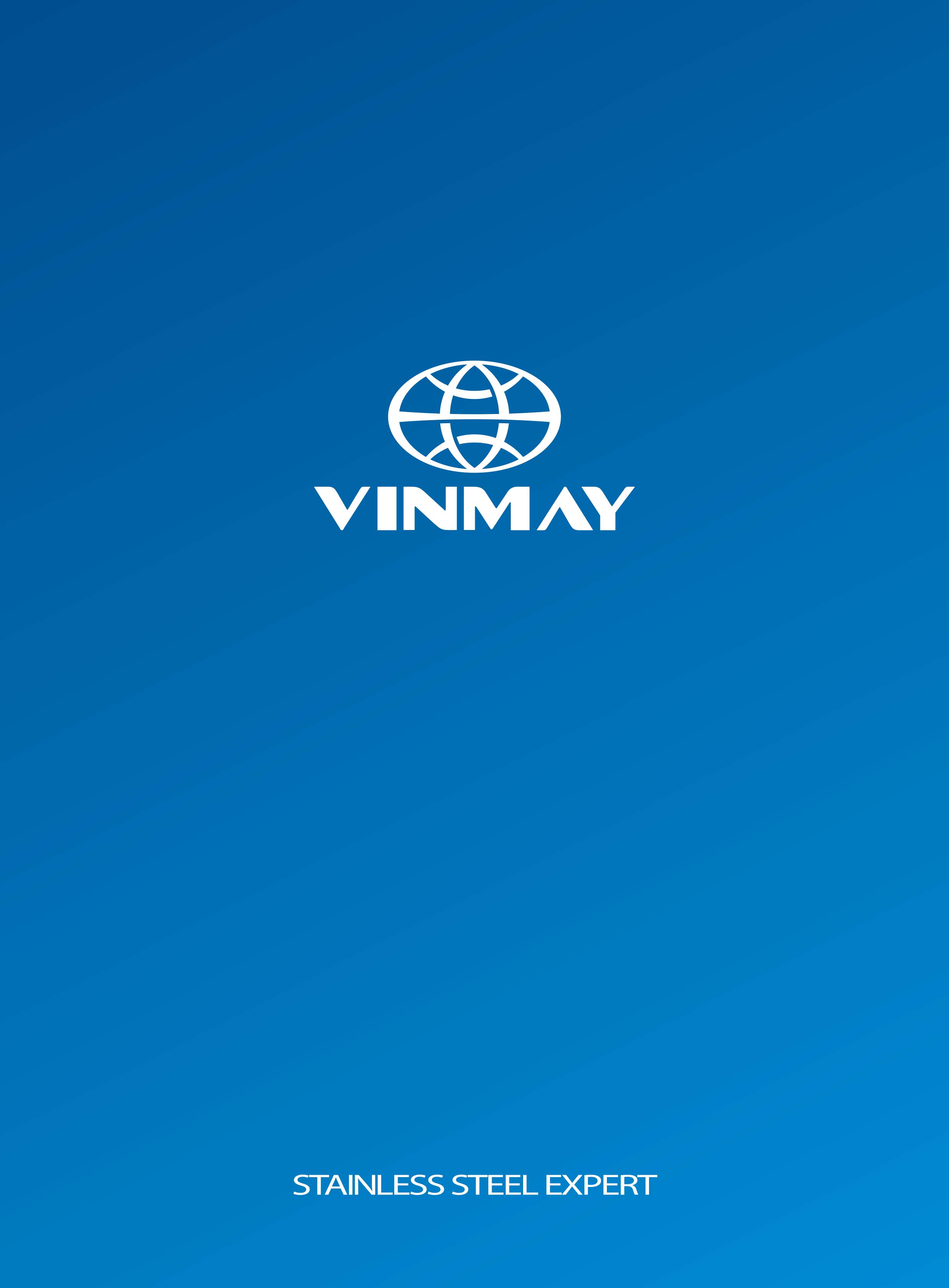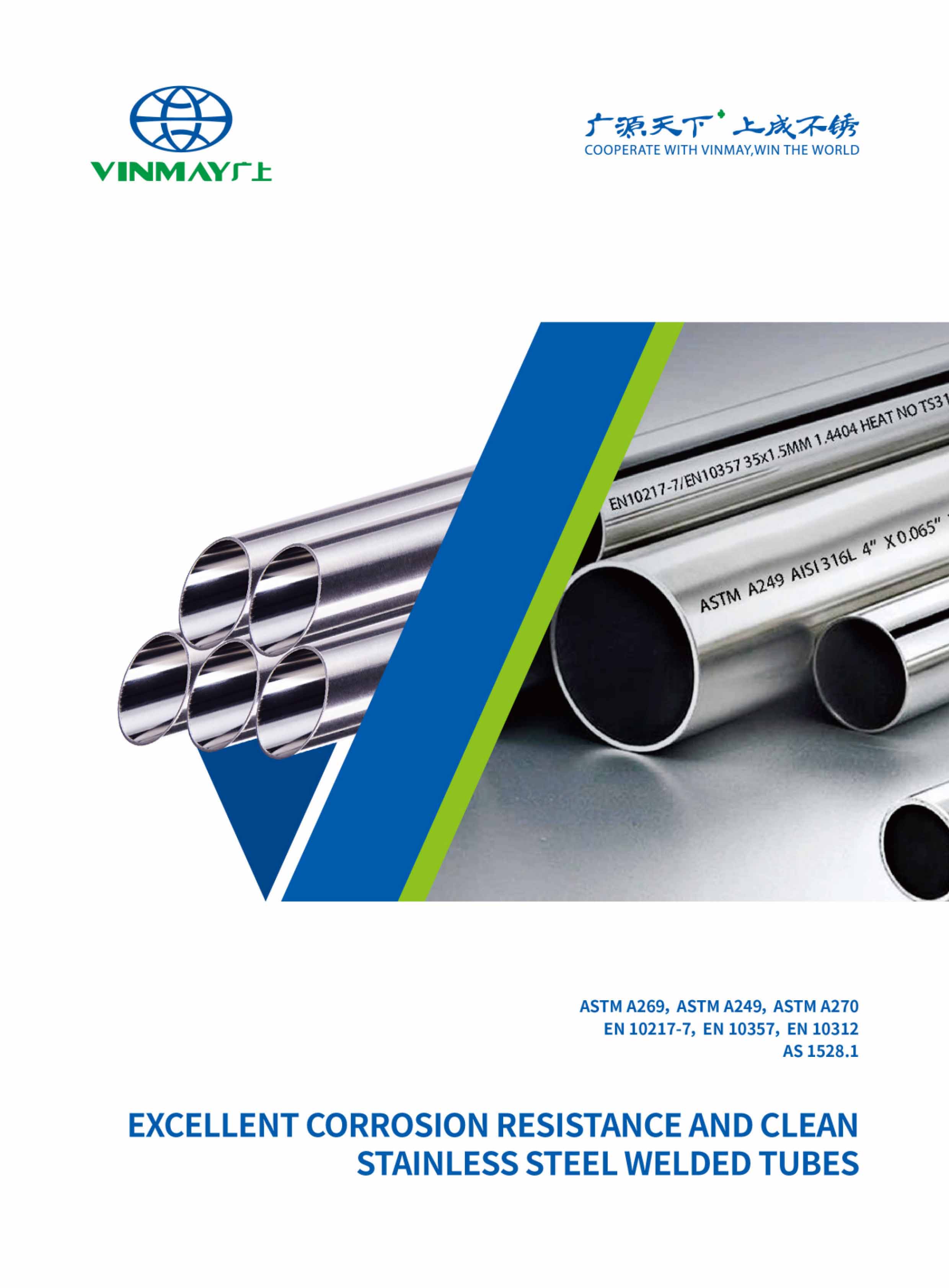When it comes to durability, corrosion resistance, and high performance in harsh environments, 316 316L stainless steel tube stands out as one of the best choices. These stainless steel tubes are widely used in industries such as marine, chemical processing, food and beverage, and medical sectors due to their superior qualities. In this comprehensive guide, we will discuss everything you need to know about 316 316L stainless steel tube, including its composition, properties, advantages, applications, and how to choose the best supplier.
316 and 316L stainless steel belong to the austenitic stainless steel family, primarily composed of iron, chromium, nickel, and molybdenum. The addition of molybdenum (2-3%) makes them more resistant to corrosion, particularly in chloride-rich environments. The main difference between 316 and 316L stainless steel lies in their carbon content:
Both grades offer excellent mechanical strength and corrosion resistance, but 316L stainless steel tubes are preferred in industries where welding is required to prevent intergranular corrosion.
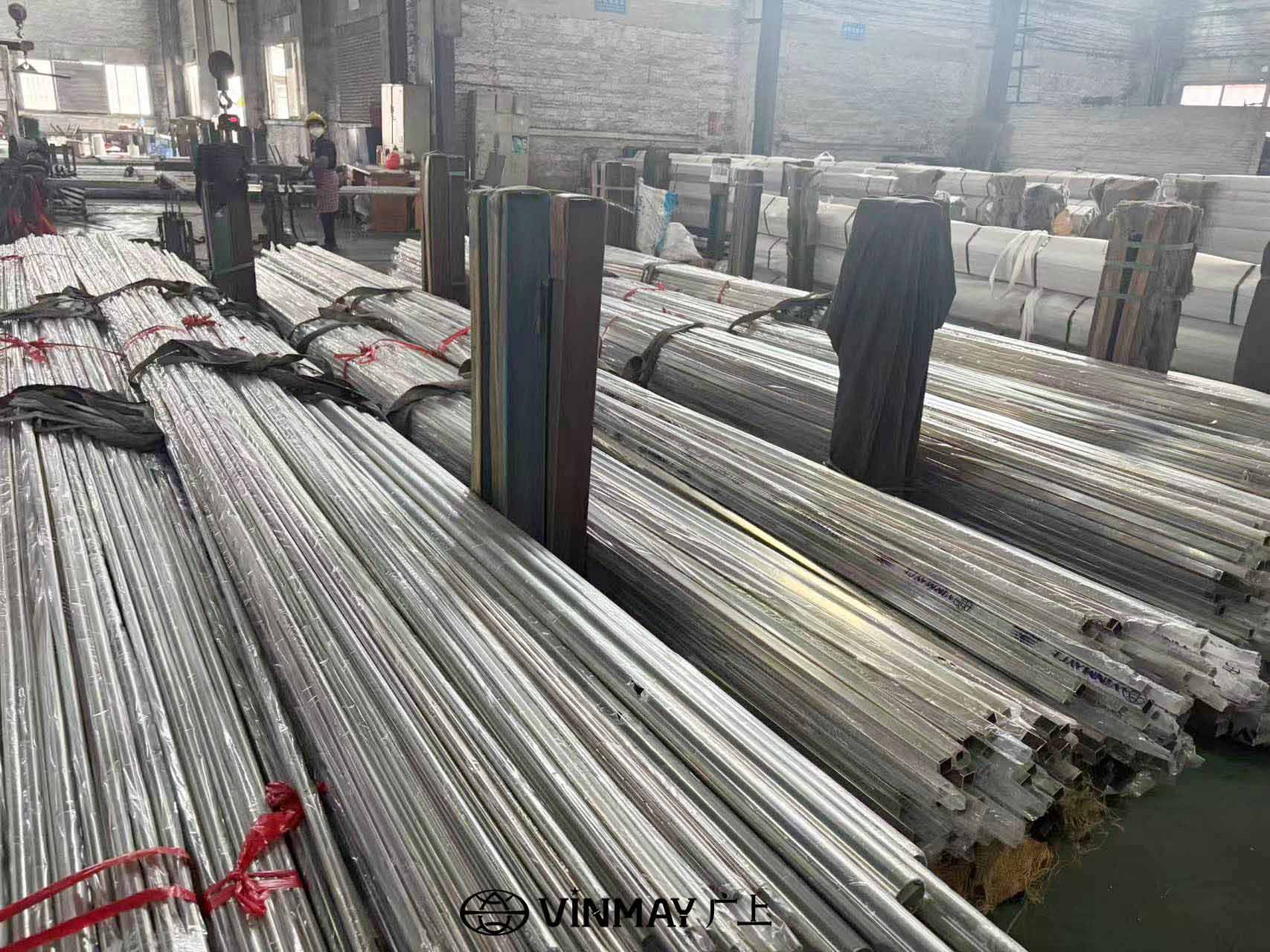
Below is a table comparing the chemical composition of 316 316L stainless steel tube:
| Element | 316 Stainless Steel (%) | 316L Stainless Steel (%) |
| Carbon (C) | ≤ 0.08 | ≤ 0.03 |
| Chromium (Cr) | 16.0 - 18.0 | 16.0 - 18.0 |
| Nickel (Ni) | 10.0 - 14.0 | 10.0 - 14.0 |
| Molybdenum (Mo) | 2.0 - 3.0 | 2.0 - 3.0 |
| Manganese (Mn) | ≤ 2.0 | ≤ 2.0 |
| Silicon (Si) | ≤ 1.0 | ≤ 1.0 |
| Phosphorus (P) | ≤ 0.045 | ≤ 0.045 |
| Sulfur (S) | ≤ 0.03 | ≤ 0.03 |
The molybdenum content enhances the corrosion resistance of 316 316L stainless steel tube, making it an excellent choice for high-moisture environments.
| Property | 316 Stainless Steel | 316L Stainless Steel |
| Tensile Strength (MPa) | ≥ 515 | ≥ 485 |
| Yield Strength (MPa) | ≥ 205 | ≥ 170 |
| Elongation (%) | ≥ 40 | ≥ 40 |
| Hardness (Brinell) | ≤ 217 | ≤ 217 |
These properties indicate that 316 316L stainless steel tube is strong, durable, and ideal for demanding applications.
You may also like: 316 Stainless Steel Tube Mechanical Properties Introduction
316 Stainless Steel Tube Properties: Key Insights for Engineers and Designers
High-quality stainless steel is selected and tested for its chemical composition and purity to ensure compliance with industry standards.
The stainless steel is either cold-rolled or hot-rolled into sheets, then formed into tubes through seamless or welded processes.
Read More: Stainless Steel Pipe Welding Procedure Specification
For welded tubes, the edges are fused together using TIG (Tungsten Inert Gas) welding. The tubes undergo annealing to relieve internal stress and enhance corrosion resistance.
To remove surface impurities, the tubes are treated with acid pickling and passivization processes to improve their oxidation resistance.
Each 316 316L stainless steel tube is tested for dimensional accuracy, mechanical properties, and corrosion resistance through various non-destructive and destructive tests.

Its molybdenum content provides superior resistance to pitting, crevice corrosion, and oxidation in harsh environments.
316 316L stainless steel tube offers excellent tensile and yield strength, ensuring longevity and performance under extreme conditions.
316L’s lower carbon content makes it more suitable for welding without the risk of carbide precipitation.
Its non-reactive surface makes it an ideal choice for food, pharmaceutical, and medical applications where cleanliness is critical.
With a high melting point and resistance to oxidation at elevated temperatures, these tubes perform well in high-heat applications.
| Feature | 316/316L Stainless Steel | 304 Stainless Steel | 321 Stainless Steel |
| Corrosion Resistance | Excellent | Good | Good |
| Strength | High | Medium | High |
| Weldability | Excellent | Excellent | Good |
| Heat Resistance | High | Moderate | Excellent |
| Applications | Marine, Chemical, Medical | General Use | High-Temperature Applications |
Read More: Stainless Steel Tube 304 Vs 316
Used in shipbuilding, offshore platforms, and seawater piping due to its superior corrosion resistance.
316 316L stainless steel tubes handle corrosive chemicals, acids, and extreme temperatures, making them a top choice for chemical plants.
These tubes are commonly used in dairy, breweries, and beverage processing to maintain hygiene and non-reactivity with food products.
You may also like: Stainless Steel Pipes for Food Industry: Durable & Hygienic
They are widely used in surgical instruments, medical implants, and pharmaceutical processing due to their bio compatibility and cleanliness.
With excellent heat resistance, 316 316L stainless steel tube is perfect for heat exchanger tubes and industrial boiler systems.
Due to its strength and resistance to weathering, 316 316L stainless steel tube is widely used in handrails, bridges, and building facades.
Learn more : The Comprehensive Guide to Grade 316 Stainless Steel Structural Tube
Aircraft and vehicle exhaust systems require high-temperature resistance and durability, making 316 316L stainless steel tube an ideal choice.
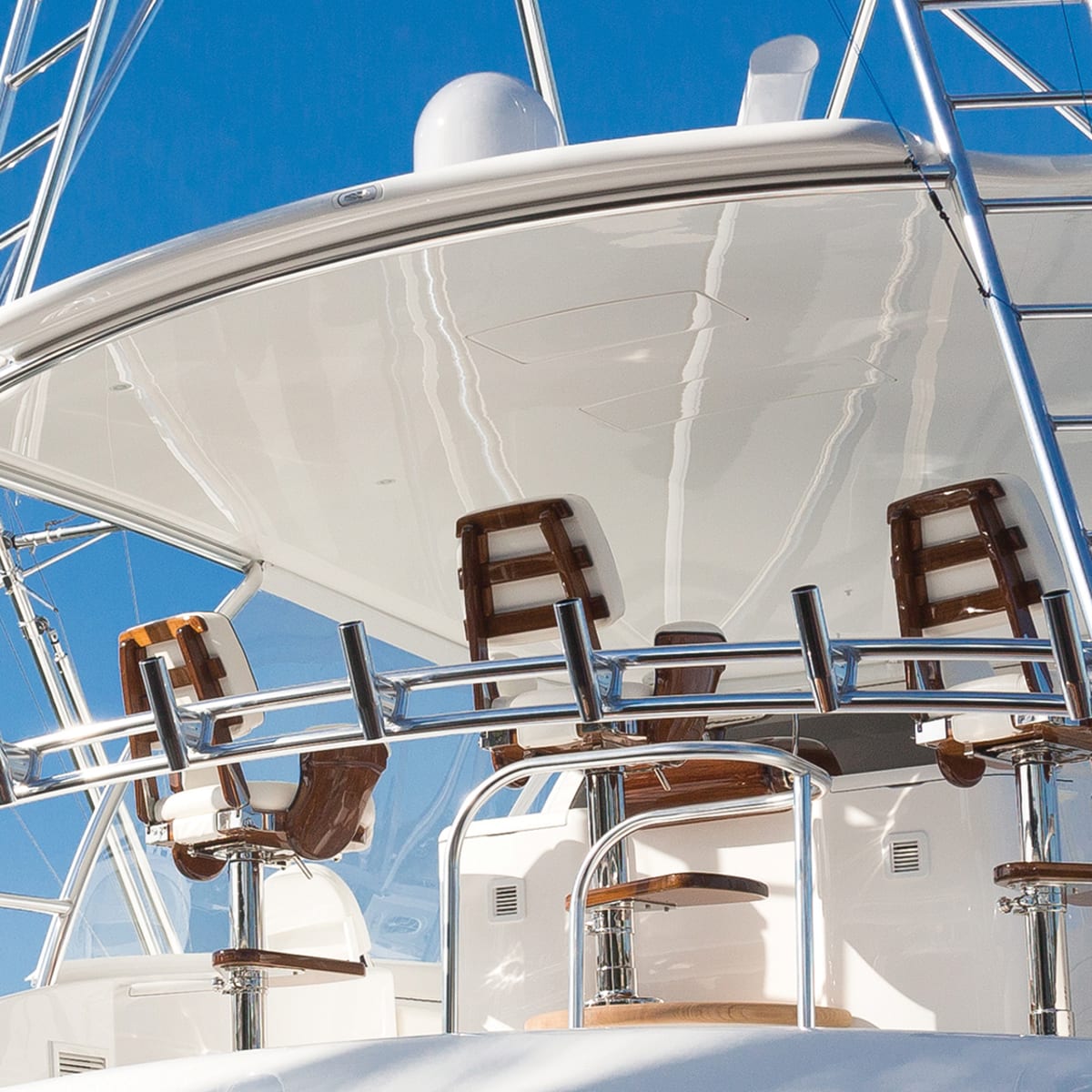
You may also like: Top Stainless Steel Pipe Applications in Various Industries
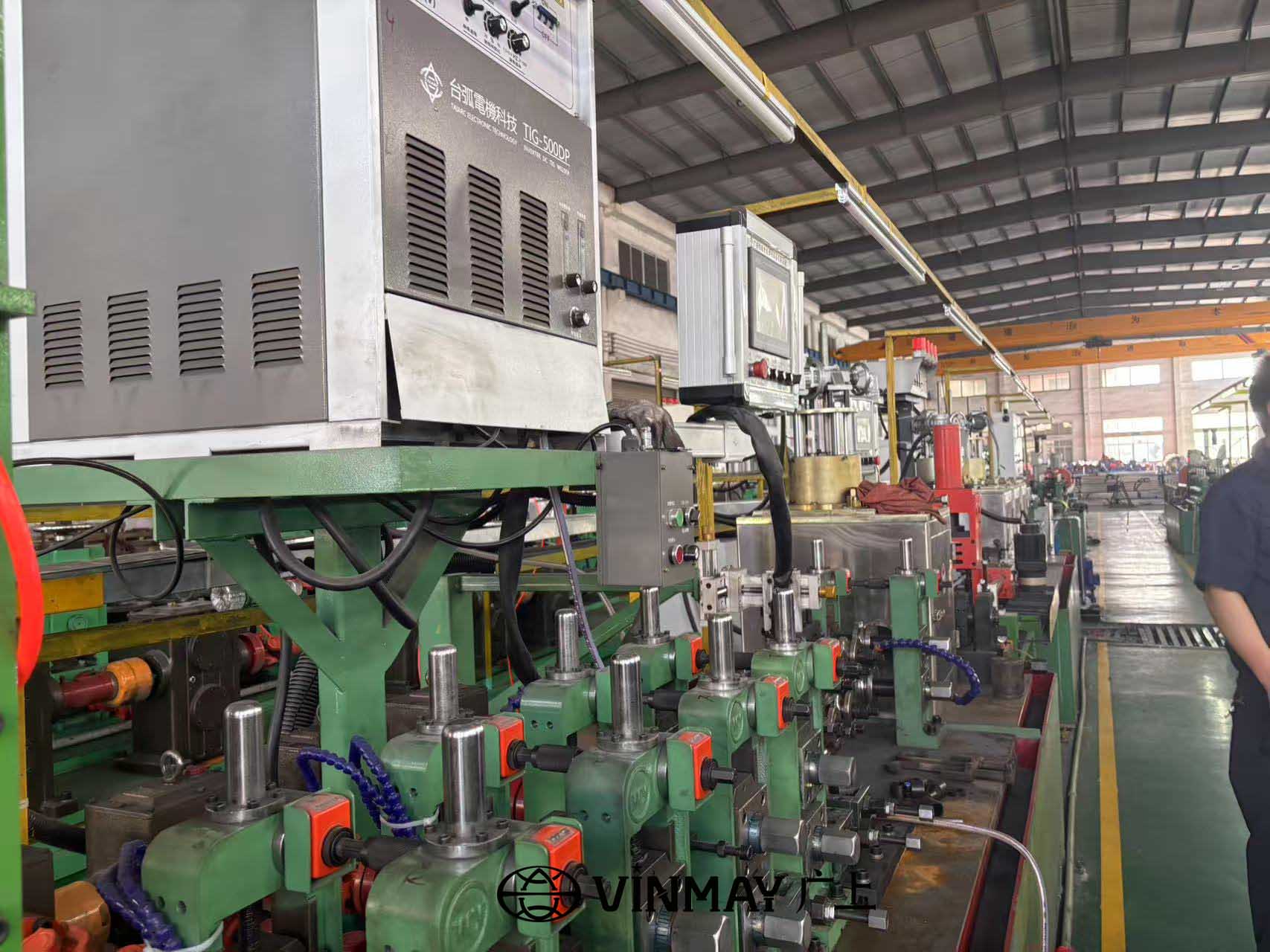
Read More: The Ultimate Guide to Choosing a Reliable 316 Stainless Steel Tube Supplier Introduction
316 Stainless Steel Tube Factory – The Backbone of High-Quality Stainless Steel Tubing
316 316L stainless steel tube is an excellent choice for applications requiring high corrosion resistance, durability, and strength. Whether for marine, chemical, food, or medical use, these tubes deliver exceptional performance. When choosing a supplier, it's crucial to select a reliable 316 316L stainless steel tube manufacturer like Vinmay to ensure quality and compliance with industry standards.
Looking for the best316 316L stainless steel tube for your next project? Contact Vinmay today!
